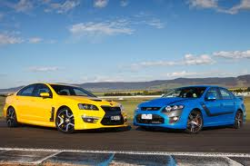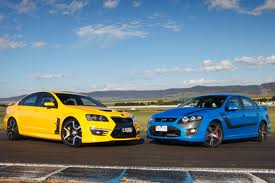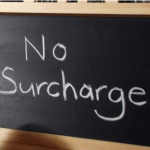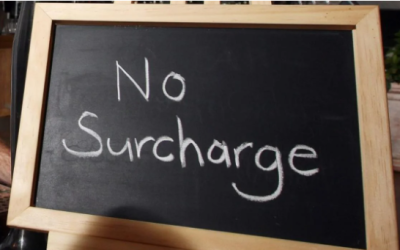 When you use a business car for private use, one that isn’t a commercial vehicle i.e. ute/van/truck, then there is always a need to calculate and report Fringe Benefits Tax (FBT).
When you use a business car for private use, one that isn’t a commercial vehicle i.e. ute/van/truck, then there is always a need to calculate and report Fringe Benefits Tax (FBT).
Under new rules that came in last year, to calculate the amount of Fringe Benefits, you either pay a flat rate (called statutory rate) of 20% of the value of the car and for this method you don’t need to keep a log book … OR … you use an operating costs method and keep a log book to calculate the private % of, not the value of the car, but of the total costs including depreciation and finance costs and running costs.
The question is – When can I say the 20% flat rate will give me the same or better result and therefore I don’t have to worry about keeping a log book? I have run some examples using approximate running costs and some different car values to provide a rough rule of thumb to assist owners and their financial controllers:
- The more expensive the car, the more likely a log book will give the best result in terms of lowest FBT.
- If you buy a car for $80,000 keep a log book if your business % will be higher than 40%, otherwise just use the flat rate method and forget about the log book as this will give you a similar or better result.
- If you buy a car for $55,000 keep a log book if your business % will be higher than 52%.
- If you buy a car for $25,000 keep a log book if your business % will be higher than 65%.
Hopefully this will save you some Fringe Benefits Tax as well as alleviate the need to keep a log book if you don’t need to. Call us here at 3D if you want further information on this.








